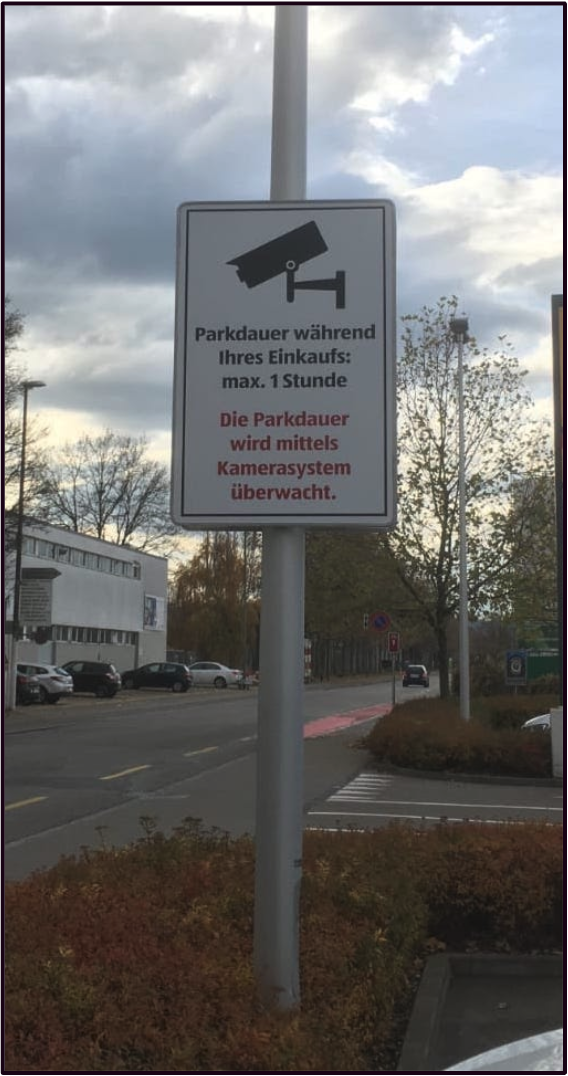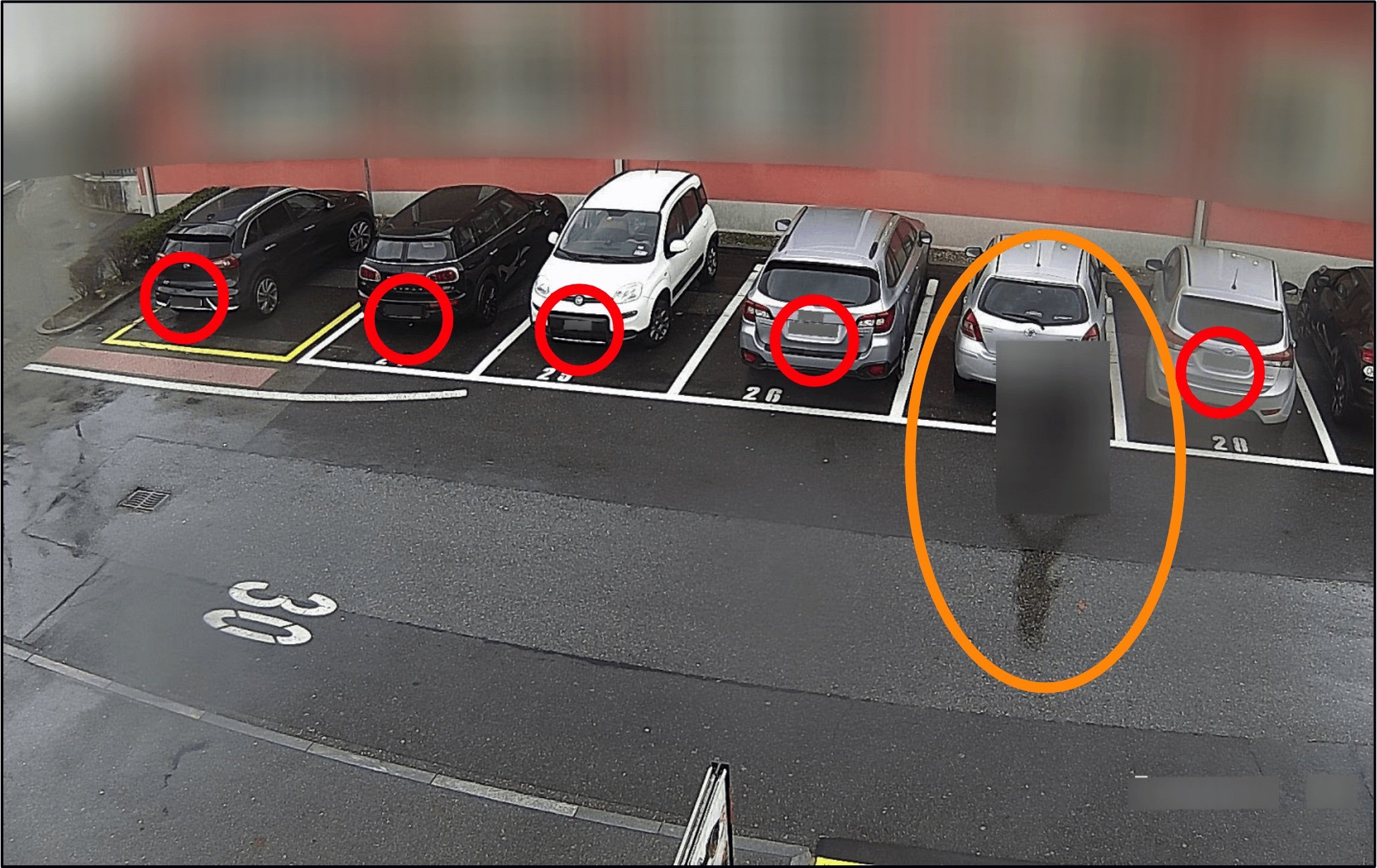Partners in the Spotlight
Selected integrations
AXIS ACAP - Parquery in-camera
Fotokite - Parking & Traffic Surveys
Parquery works with ANY camera
The General Data Protection Regulation (GDPR) is a regulation on data protection and privacy in the European Union and the European Economic Area.
As developer or project manager you probably have experience with the GDPR, the European Union’s data protection regulation, particularly if you have been involved with new technical solutions for cameras.
The GDPR can seem complex, and sometimes difficult to interpret for the specific technology you’re looking to take onboard. Your legal team will want proof that any new solution you introduce is GDPR-compliant.
We’re here to assist.
Parquery will help answer your GDPR-related questions and streamline your internal legal processes for smart parking solutions. We are dedicated to 100% transparency on GDPR issues, and we will put your mind at ease.
Review the information provided below, or contact us to learn more about our approach for data processing data, what we do to guarantee GDPR compliance, and what we will expect of you when you work with us.
For now, let’s make sure we use the same language. When we talk about “personal data,” we mean any and all information that refers directly or indirectly to a natural living person. Examples of personal data include images of faces or car license plate numbers.
Cantonal data protection officers review and approve Parquery
in Murten
Extensive data and privacy check with comprehensive final report including requirements and best practices
in Frauenfeld
How Parquery ensures compliance with data protection laws for public transport company
SBB CFF FFS
No image is stored.
Images are automatically deleted after processing.
Detection can be carried out at the customer's premises.
Yes. We integrated privacy and data protection directly into our technical solution (Privacy-by-design).
Parquery is fully GDPR-compliant.
Parquery's Engineering department processes the data received from the customer.
No. Parquery does neither collect nor process personal data.
No. Parquery does neither collect nor process personal data.
Images from the cameras belong to the customer. The customer transmits the images for processing either via local network to their own server or via internet connection to Parquery's cloud servers. We integrated privacy and data protection directly into our technical solution, that means no personal data is removed from the images and neither people nor vehicles can be identified (Privacy-by-design).
Parquery uses images from cameras solely for the purpose of detecting the presence of vehicles. Parquery does not identify these vehicles.
Yes. Usually, the resolution of the camera images is not sufficient to identify a car. However, in those rare cases where number plates might be recognizable, or there are people in the image, they will be blurred to ensure data remains anonymous.
Parquery does not store any images, unless the customer explicitly requests to do so. In any event, Parquery guarantees that no personal data is present in the images. We take privacy seriously.
No. No private data is provided to third parties.
Yes, it is likely.
If you have not had any cameras so far, you will very likely have to change your privacy policies. You are obliged to inform your customers of the presence of the cameras and the reason for them. As part of this, you will have to install signs to this effect stating, e.g.: "Parking duration: max. 1 hour. The parking duration is monitored with cameras".
Talk to Parquery's GDPR experts for guidance on your individual project.

Parquery is the data controller. They determine the purposes for which and the means by which data is processed.
Combined with high camera installation points, the pixel resolution of the camera images is typically not sufficient to discern private data such as facial features or number plates that could identify a person or vehicle. Nonetheless, Parquery follows several strategies to ensure that camera images do not contain private data before processing:
Parquery plans and executes each project with privacy and data protection at the forefront of our mind. Consequently, we follow the principle of ‘As much as necessary, as little as possible.’ To be concrete, this means:
Parquery only records data that is indispensable to provide the smart parking service, and no more.
Typically the images sent to Parquery’s cloud service do not contain enough detail to discern private data such as facial features or number plates that could identify a person or vehicle. Combined with high camera installation points, the pixel resolution of the camera images is typically not sufficient to capture those. Nonetheless, Parquery follows several strategies to ensure that images do not contain private data before processing:
If company policies do not provide authorization to run provider software on cloud servers, Parquery can install its software onsite on the customer’s premises. Images from cameras are then sent to this local server, where they are processed and then deleted, and the results are sent on to your facility manager(s).
No image will leave your premises. The process is entirely GDPR-compliant.
Learn how Parquery's software can work on local on-premise servers
There are two main privacy issues when dealing with smart parking: recognizing people (i.e. faces) and identifying car license plates.
We anonymize both.
We developed an encryption algorithm that automatically detects and blurs number plates and people’s faces, hence automatically anonymizing the information.

We do not store images after processing. Immediately upon receiving them, we detect objects in the images, delete them, and send the results to the client via an Application Programming Interface (API) or a Dashboard.
Only on explicit request of a customer do we store images for a certain period of time and display them via the dashboard - e.g. for six hours to provide visual evidence of parking violations.
Parquery is to date the best solution in our portfolio using existing CCTV feeds.
G. Machet, Bouygues Energies & Services (BYES)